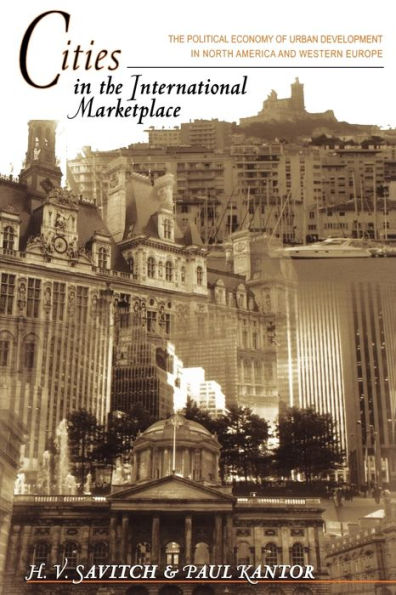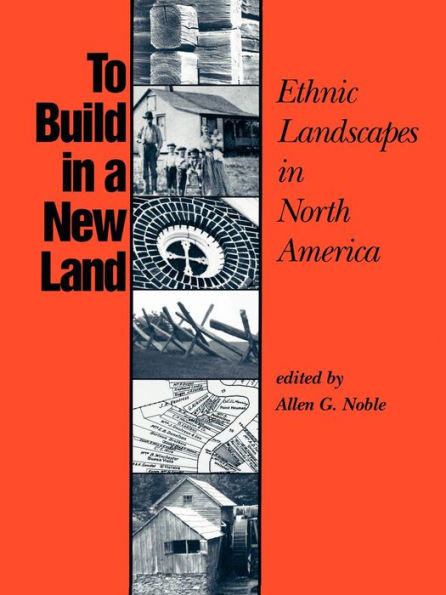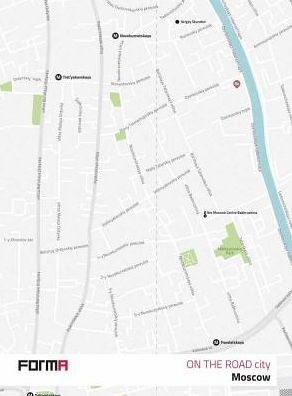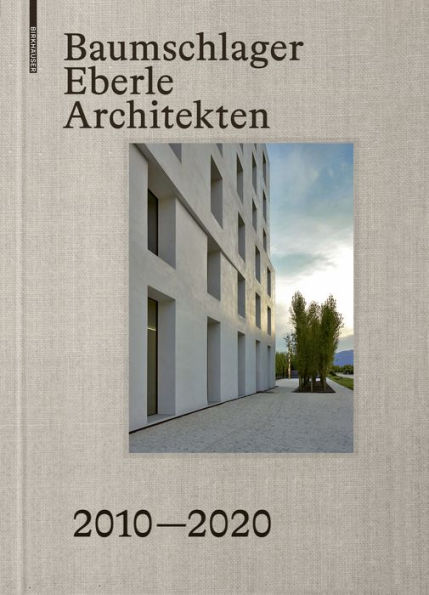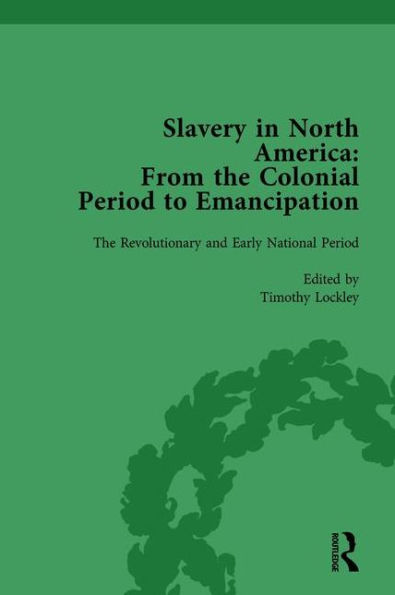Home
Slavery the City: Architecture and Landscapes of Urban North America
Barnes and Noble
Slavery the City: Architecture and Landscapes of Urban North America
Current price: $37.50
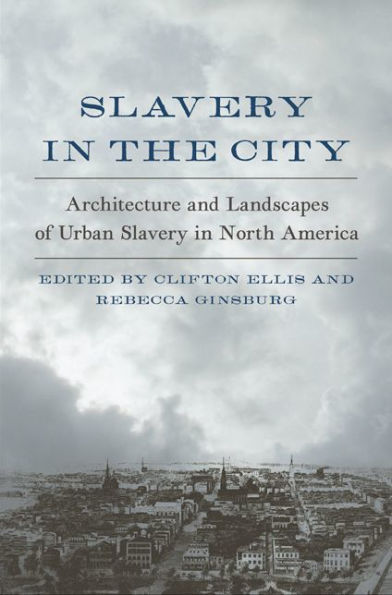

Barnes and Noble
Slavery the City: Architecture and Landscapes of Urban North America
Current price: $37.50
Size: Hardcover
Loading Inventory...
*Product information may vary - to confirm product availability, pricing, shipping and return information please contact Barnes and Noble
Countering the widespread misconception that slavery existed only on plantations, and that urban areas were immune from its impacts,
Slavery in the City
is the first volume to deal exclusively with the impact of North American slavery on urban design and city life during the antebellum period. This groundbreaking collection of essays brings together studies from diverse disciplines, including architectural history, historical archaeology, geography, and American studies. The contributors analyze urban sites and landscapes that are likewise varied, from the back lots of nineteenth-century Charleston townhouses to movements of enslaved workers through the streets of a small Tennessee town. These essays not only highlight the diversity of the slave experience in the antebellum city and town but also clearly articulate the common experience of conflict inherent in relationships based on power, resistance, and adaptation.
makes significant contributions to our understanding of American slavery and offers an essential guide to any study of slavery and the built environment.
Slavery in the City
is the first volume to deal exclusively with the impact of North American slavery on urban design and city life during the antebellum period. This groundbreaking collection of essays brings together studies from diverse disciplines, including architectural history, historical archaeology, geography, and American studies. The contributors analyze urban sites and landscapes that are likewise varied, from the back lots of nineteenth-century Charleston townhouses to movements of enslaved workers through the streets of a small Tennessee town. These essays not only highlight the diversity of the slave experience in the antebellum city and town but also clearly articulate the common experience of conflict inherent in relationships based on power, resistance, and adaptation.
makes significant contributions to our understanding of American slavery and offers an essential guide to any study of slavery and the built environment.
